
Contact Us
Get in touch with us using the form or details below. We look forward to hearing from you!
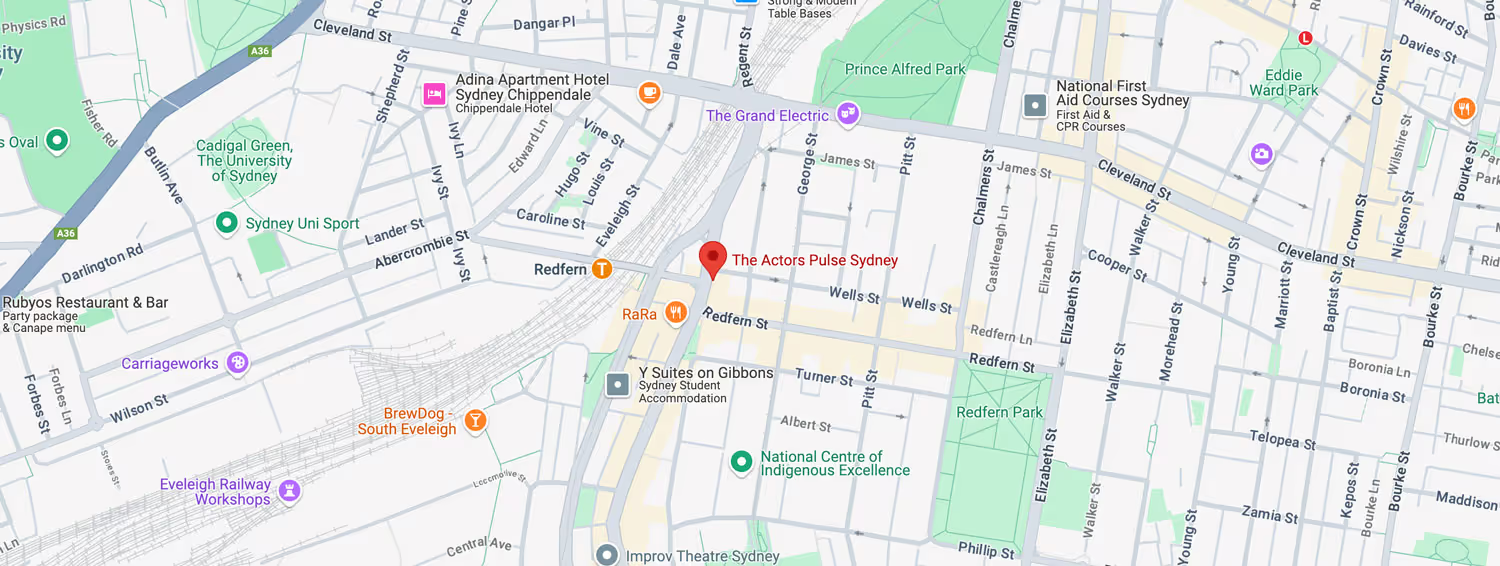

No matter what industry or field you work in, the task of creating your resume or a portfolio of your work can feel incredibly daunting.
As an actor, your resume or portfolio not only provides insights into your work history or experience but also includes visible representations of these.
This makes crafting an acting resume or portfolio both highly personal and at times quite challenging to put together well.
Given your portfolio and resume are your gateway to making the best first impression and securing work, ensuring it is outstanding is essential.
In this guide, we’ll take a deep dive into how you should approach the creation of your acting portfolio, with your resume a component of this, so you can stand out and enhance your chances of success.
An acting resume is a short succinct document that lists out your work history, training and any relevant qualifications.
More detailed than a typical CV or resume, an acting portfolio functions as a resume in that it includes all the elements of a standard resume with a few additional important details.
Your portfolio should provide a comprehensive overview of your body of work and include as a minimum:
Where a resume is a single document listing your accomplishments, your portfolio provides an in-depth view of you as an actor and clearly displays your potential.
As noted above, you’ll want to include your resume in your portfolio. An essential component, it should be short and sweet including:
Your resume should not exceed two pages in length, remember, it is just a bare outline that needs to be able to be read at a glance. You will fill in the gaps in your portfolio which will be submitted along with your resume.
Once you have your resume sorted, the real work begins with your portfolio. Your portfolio serves as a powerful tool that is used to impress agents, casting directors and other industry professionals.
Offering a glimpse of your talent and versatility, when well crafted, your portfolio will help you stand out, capture interest and bring about new and exciting career opportunities.
Investing in up-to-date, high-quality headshots is essential for every actor. Before reading your resume or browsing your portfolio, most casting directors will look at your headshots.
It is recommended to work with a photographer who specialises in headshots to ensure your unique qualities and personality are adequately captured. Include a variety of looks and different angles to ensure your first impression is both lasting and positive.
Where possible, the inclusion of mid-shots (capturing you from the waist up) and full-body shots can also be helpful to include. This allows casting directors to get a better idea of your overall look and physicality which may be required for specific roles.
Performance clips and showreels are the centrepiece of an actor’s portfolio. Whether through the inclusion of clips or links, showcasing your skills in action in this way is a great way to get noticed.
It is a good idea to include a mix of your work such as monologues, shared scenes, singing or dancing if applicable and in different styles such as comedy vs drama. This shows your versatility and the breadth of your skills.
If you have a curated reel combining all of the above into one easy-to-view video, this is ideal.
Keep in mind that any clips used should be short at no longer than three minutes each, high-quality and with clear audio. Ensure they are easy to access and regularly check back to make sure they are still working.
If you have studied at a renowned acting school and/or hold a certificate, diploma or degree in a relevant field be sure to emphasise this.
If you engage in ongoing study or attend regular workshops (which you should!) make mention of this too. An actor who demonstrates an ongoing commitment to learning and honing their craft is always highly regarded within the industry.
Received a glowing review following a performance? Whether from a reputable newspaper or website, director, producer or fellow actor, including these reviews and testimonials attests to your credibility.
They reinforce your position as a genuine talent, endorse your skills and commitment and generally reflect you in a positive light.
Don’t forget to add a personal statement or biography to your portfolio too. This is where you create connections with those viewing your portfolio and outline what sets you apart.
Your personal statement or bio should be concise and engaging, don’t get carried away writing your life story – a couple of paragraphs will suffice.
Focus on what motivates you as an actor, convey your passion for your craft and be as authentic as you can without being too serious or cliched.

If you’re an aspiring actor with little to no experience you can still craft a great resume and portfolio. The razzle-dazzle of a portfolio brimming with details still cannot take the place of genuine talent and a demonstrated passion for acting.
If you’re just getting started, you can modify the above steps to create a portfolio which you can then build on over time.
While a resume and some headshots may occasionally be requested as hard copies by casting directors, portfolios are rarely shared in this way.
Typically, aspiring and established actors should have an online resume and portfolio that is easily shared and accessed.
Ensuring you have an easily navigable online portfolio contributes to a strong online presence and makes it far easier to access and share.
This can be done through the creation of your own website or via dedicated subscription sites such as IMDb where you can upload and store your resume/portfolio.
Crafting your own website gives you more freedom in terms of how your portfolio and resume appear and makes it easier to adjust as needed. If hiring a developer to handle this for you is off the cards, site-building websites such as Wix and WordPress offer easy do-it-yourself options.
Don’t forget to include links to your portfolio on any social media platforms you maintain and within your email signature too.
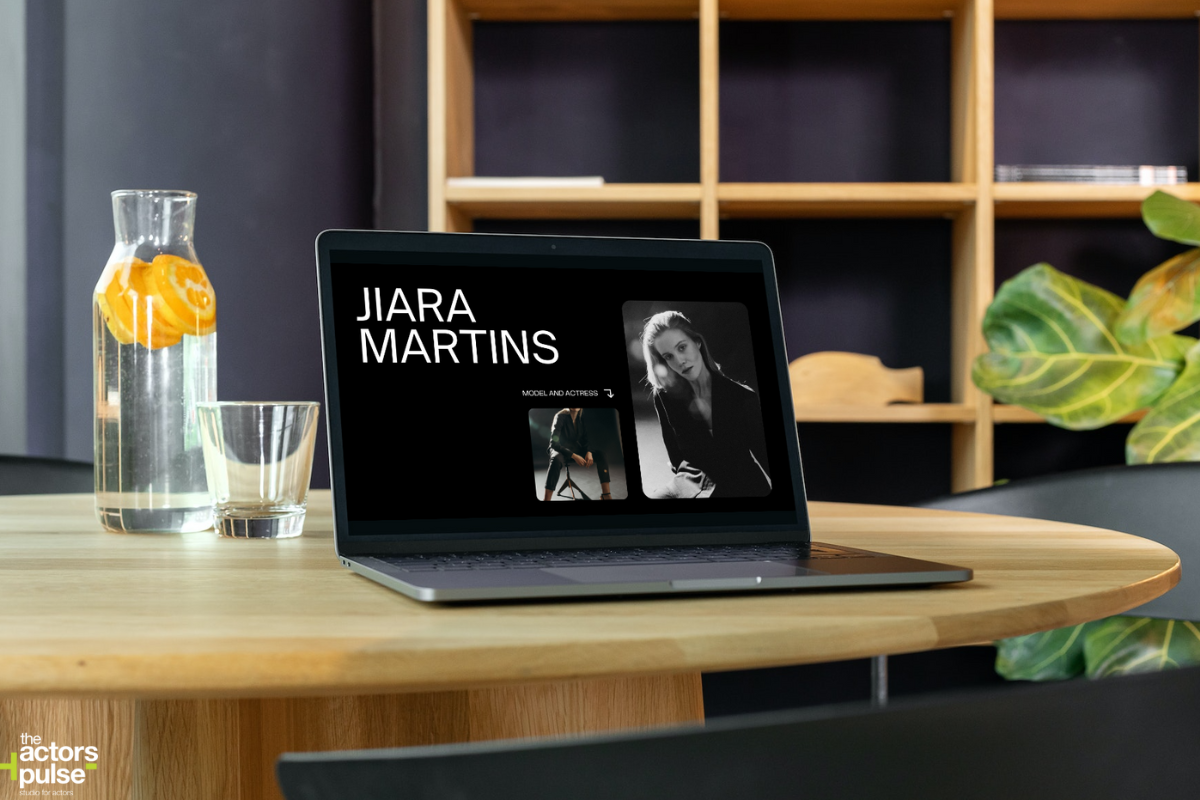
At The Actor’s Pulse, we support actors of all experience levels to achieve their career goals.
We welcome beginners and offer a comprehensive curriculum designed to equip our students with the skills and confidence they need to become sought-after talents.
As the leading school for the Meisner Technique in the Southern Hemisphere, we know what it takes to achieve success in this industry. We are focused on genuine, instinctive performance and are highly regarded both here and overseas.
Whether you hope to build on your skills or need support to craft a portfolio, nail the audition process or prepare for a role, we can help. With a range of classes available both full or part-time, we tailor our teaching to meet your needs.
Work with a team of dedicated professionals committed to your growth and success, call the Actors Pulse today at 0414 475 515.

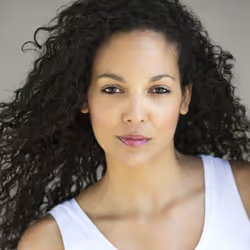
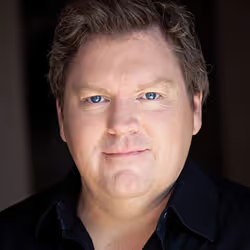


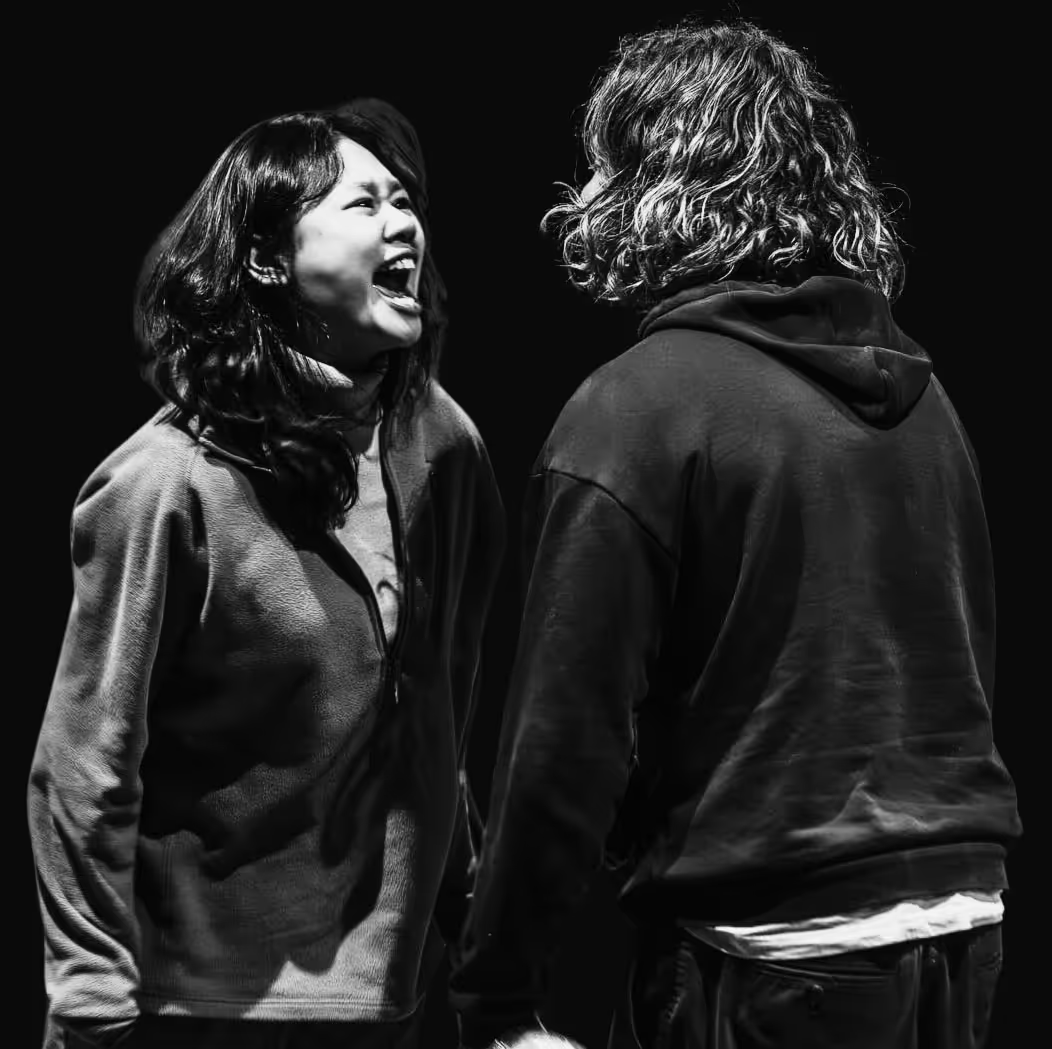



Get in touch with us using the form or details below. We look forward to hearing from you!
